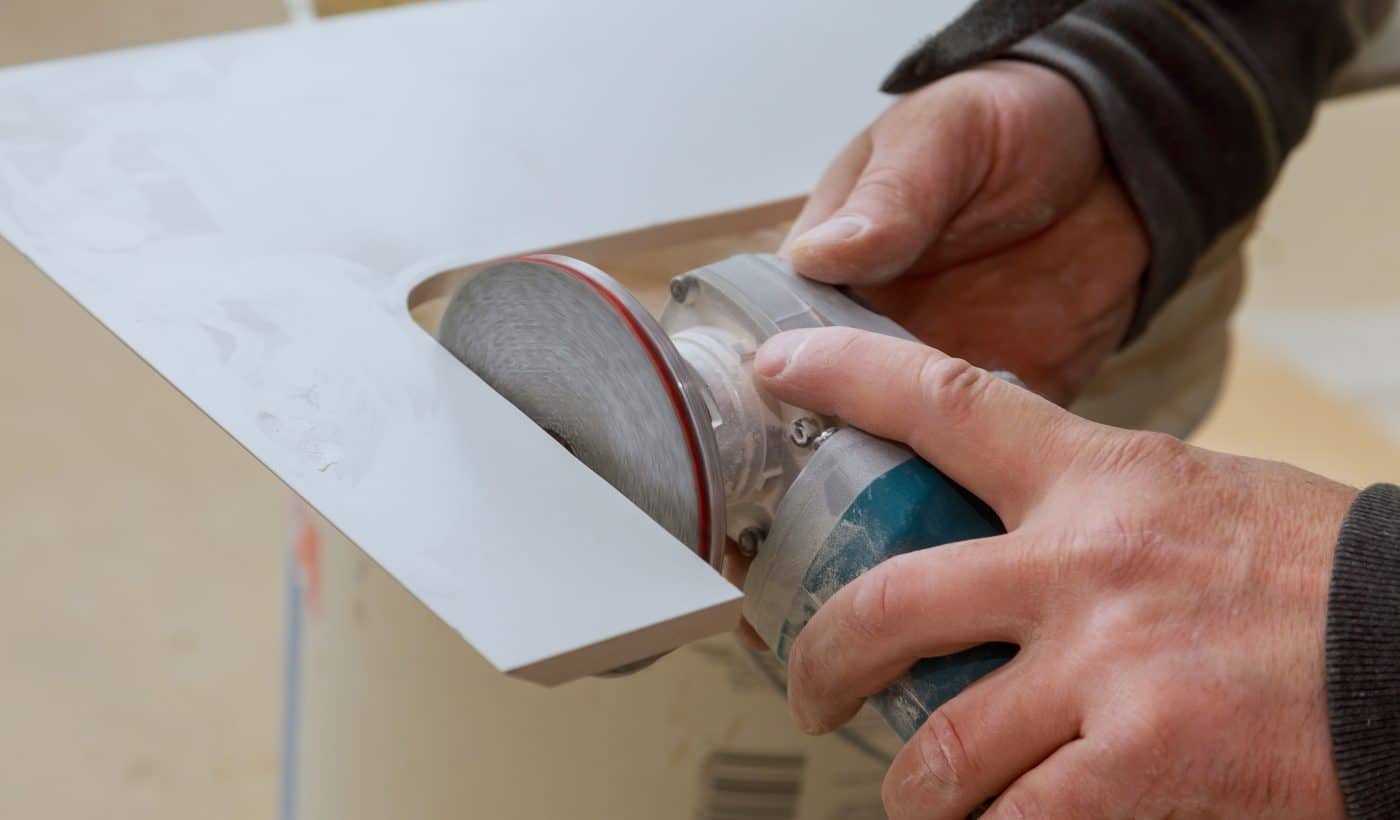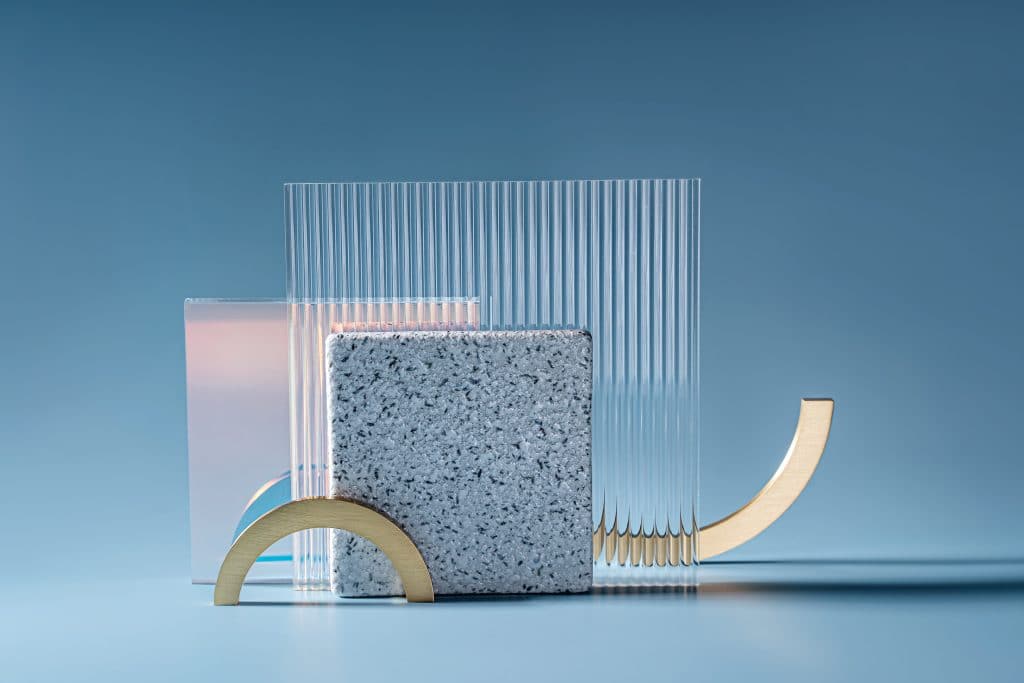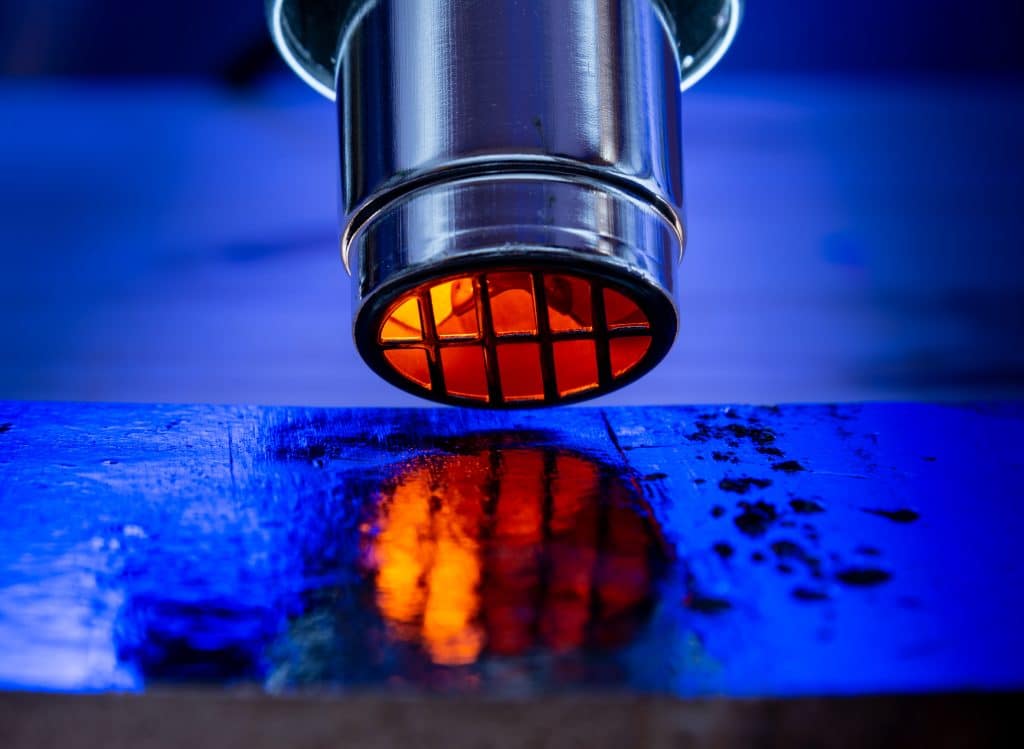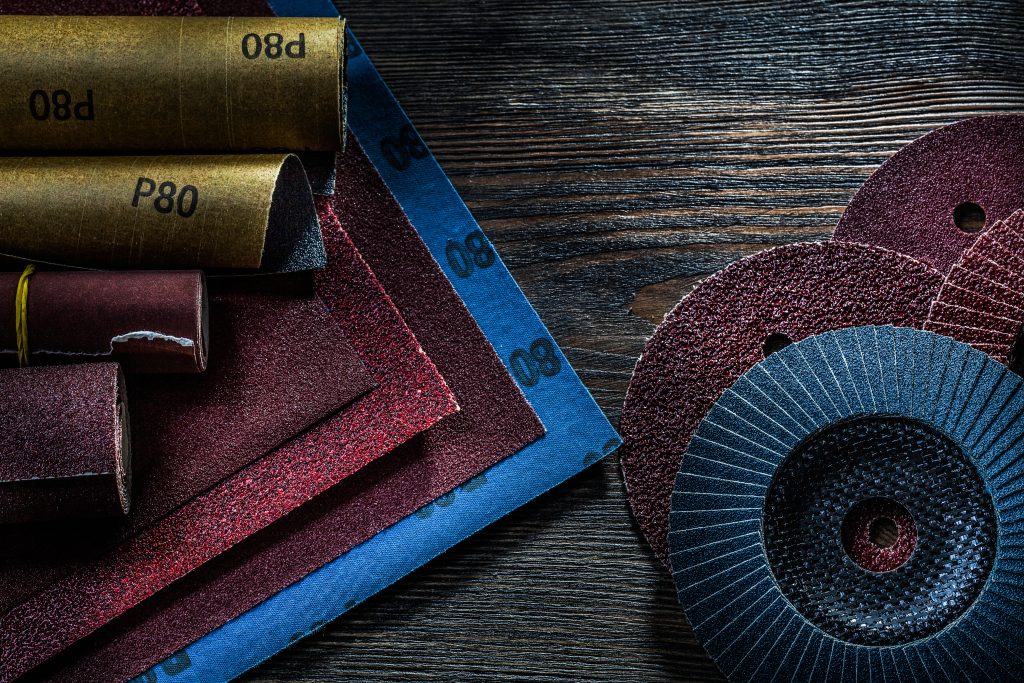
Grinding away at material is relatively straightforward. You take something abrasive and use it to remove and manipulate the metal or plastic you are working on until it has the desired shape or finish that you are looking for. But in reality, there are several factors that you have to consider when looking for that perfect finish.
- Material
- Heat
- Abrasiveness
You could do everything else just right, but if you don’t correctly account for one of these factors, you could ruin your part or tool.

What Type Of Material Are You Working With?
The type of material you are working with is one of the most critical factors you need to know when getting that perfect finish. The material will dictate what is necessary to get the part’s surface precisely the way you want it.
Different types of materials can have vastly different properties. Even two metals might be completely different, like aluminum and stainless steel. Both are metals; however, if you work with either for any length of time, you’ll quickly realize they are very different.
The steps needed to get a perfect finish with aluminum are entirely different than what would be required for stainless steel. Aluminum is very lightweight, coming in around a third of the weight of steel. It’s also relatively soft. A block of aluminum can easily be scratched if you’re not careful. In contrast, it takes a lot to scratch stainless steel and even more to grind away any significant amount of material.
Those are just two of several different types of commonly used metals. Plastics are also prevalent, with a wide range of options that can be soft and flimsy or hard and durable.
Knowing what material you are working with is the key to getting a quality surface finish.

How Will You Control The Heat?
Friction creates heat. That’s why rubbing your hands together on a cold morning can help you warm up (or at least last long enough to get that cup of warm coffee in your hands).
When grinding away at a material, there’s the potential to create a lot of heat. Whether you are looking for a smooth and polished finish or removing large amounts of material, that buildup of heat can become a huge problem.
The heat generated can cause your tools to deteriorate quickly, shortening their effective lifespan. The heat can also cause your material itself to warp or distort. And when working with certain materials, like soft plastics, the heat generated could be high enough where you will eventually be melting the part rather than sanding or polishing it.
There are multiple ways to keep the heat buildup in check. One of the most common is to use some form of coolant. The coolant prevents both the tool and the part from overheating. A simple coolant could be regular water or a mixture of water and other chemicals. Coolant can be applied when needed or in a steady stream throughout the grinding process.
Another simple way to help mitigate heat buildup is by using compressed air to keep the heat in check. And using a tool that has a high thermal conductivity allows the device to resist the buildup of heat naturally.

Choosing The Right Grit
Whatever abrasive you’re working with, you’ll likely have options of a specific grit size to work with. Whether it’s sandpaper or a pad or disc attached to a tool, the grit references the size of the abrasive material. The lower the number, the bigger the abrasive. This means lower grits like 40 or 60 are much courser and will remove large amounts of material much quicker, at the expense of a rough finish. The higher the grit number, the smaller the abrasive. So when you need a smoother and more polished look, a higher grit number like 200 or 400 is what you will look for.
Tying It All Together
When it comes to looking for a single product that can be used on a wide variety of materials, our diamond discs are as versatile as they come. Diamond is strong enough to use on all types of materials, including steel, ceramics, composites, and more. Diamond also has an incredibly high thermal conductivity, meaning it can stand up to high heat while grinding. That helps our diamond discs last up to 15x longer than other diamond discs. Standard grits of 60 and 120 are available when large amounts of material need to be removed, while 200 and 400 grit is available for when a smooth surface is required. Our diamond discs are also entirely customizable.
If you’re not sure whether or not our diamond discs are suitable for your needs, let’s talk about it! Reach out so we can get a better understanding of what you need, and we will get to work finding a solution for your problem.
